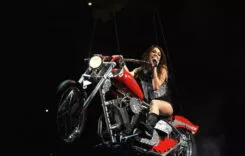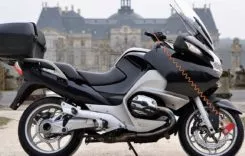Used And Abused | Das Helmet Schuberth C3
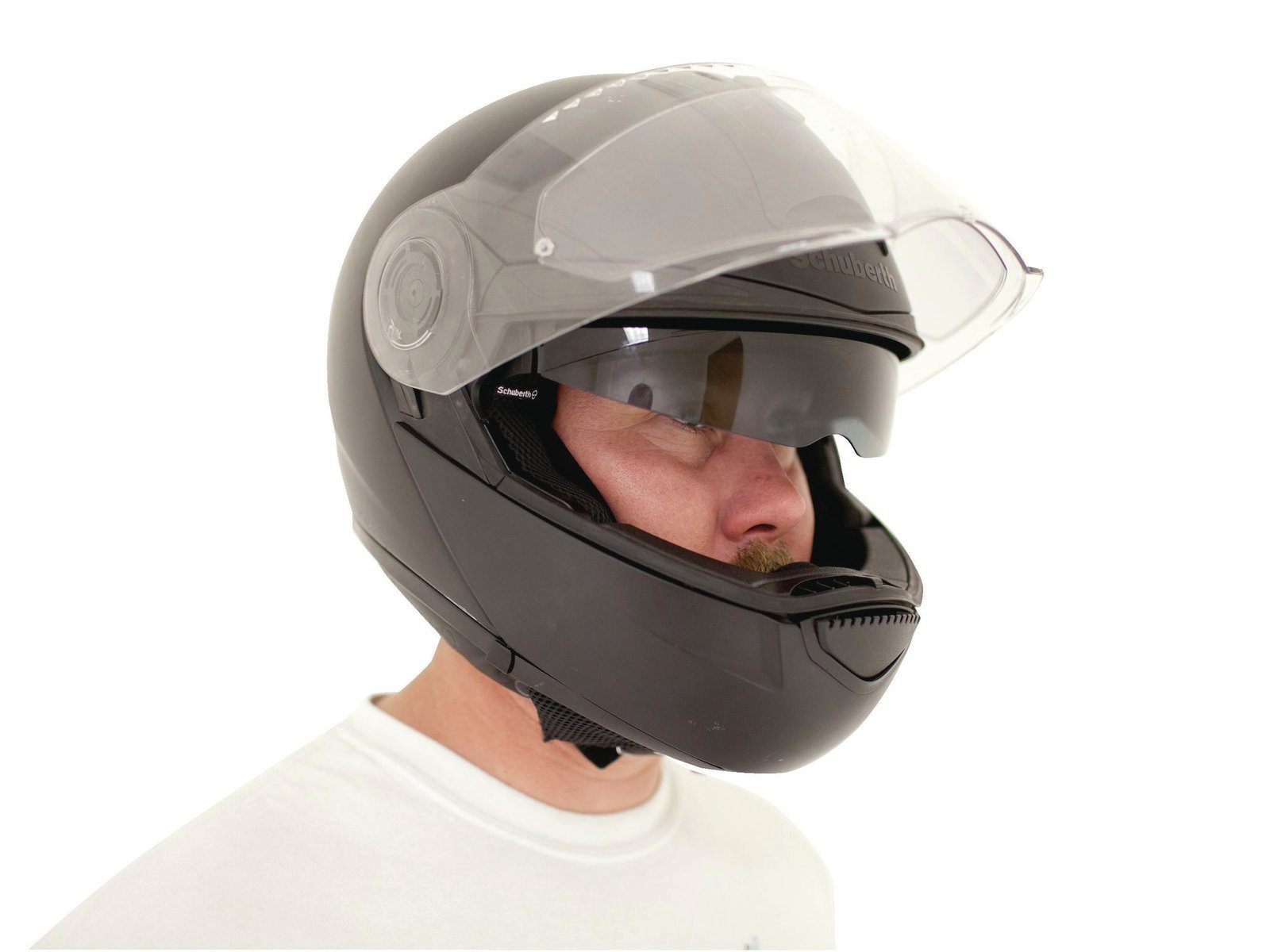
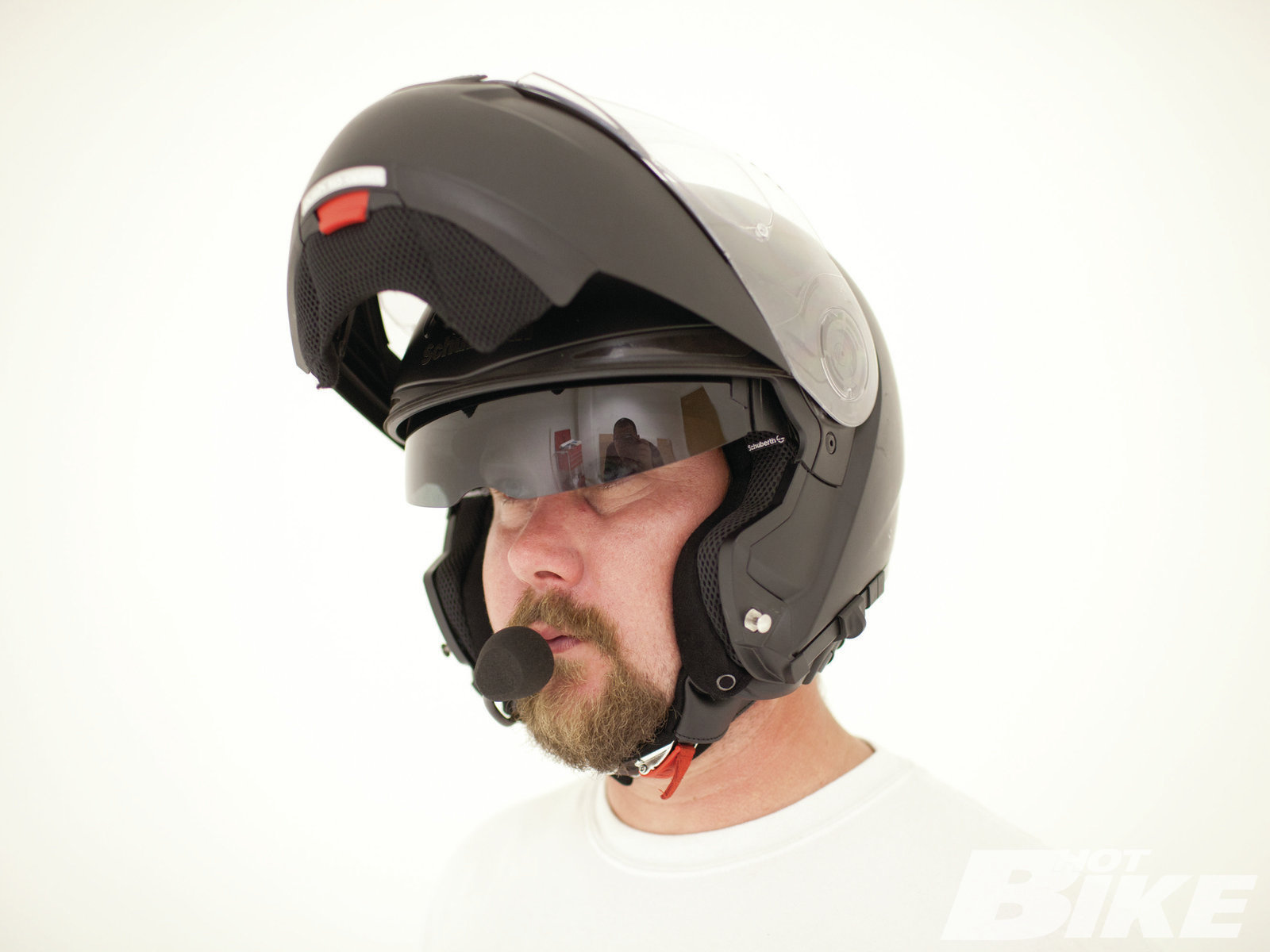

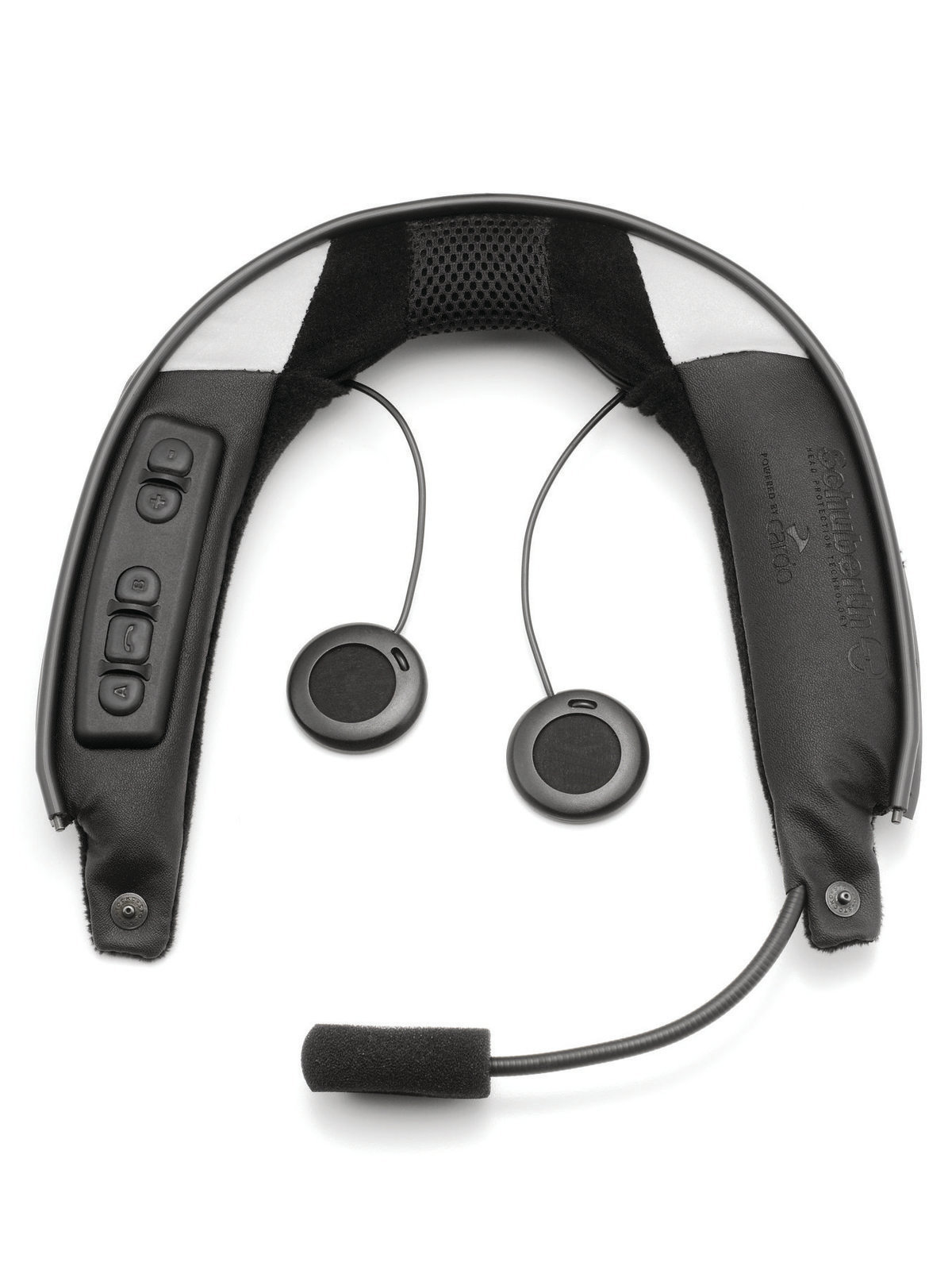
Being that California requires its motorcyclists to wear DOT-approved helmets on public roads, highways, etc., HOT BIKE is always on the lookout for the best helmet technology available. If you have to wear a lid, you might as well go all out, right? We’ve been looking to test Schuberth’s C3 flip-up helmet ($699) for quite some time. We were finally afforded the opportunity.
Schuberth North America in Aliso Viejo, California, is a direct descendant of the Schuberth mother ship in Germany. The Aliso Viejo facility is a stone’s throw away from our Irvine HQ, so we stopped by for a little demo/presentation of Schuberth’s C3 Helmet model and Schuberth Rider Communication System (SRCS).
The C3 is manufactured from lightweight fiberglass and reinforced with Duroplast (a light, durable bonding material) and a layer of Dyneema (another durable fiber deal for lightweight applications). The synthesis of these elements is formed in a pressurized vacuum, which makes for one extremely featherweight (3.6 pounds), almost-indestructible brain bucket. The C3 is available in two shell sizes (small shell in S-L, large shell in XL-XXXL). Then there’s the C3W for women, which was engineered based on extensive research of the female head and facial shape (available in XXS-L). The C3 is available in Glossy Black, Glossy White, Glossy Silver, Hi-Viz Yellow, and Matte Black. The C3W is available in Pearl White, Glossy White, Glossy Silver, Glossy Black, and Matte Black. The C3 attaches via a micro-lock ratchet system that’s adjustable, and more importantly, if fastened correctly, the C3 cannot come lose from a rider’s head because of Schuberth’s anti-roll-off-system (AROS). Basically, the helmet can’t pivot off the head from behind.
Since the Schuberth facility in Germany is equipped with its own wind tunnel for testing drag, aerodynamics, and other criteria, the company’s extensive research afforded engineers the ability to make adjustments as needed before releasing the C3 in order to maintain quality control. The result: the most comfortable, lightweight helmet I’ve ever worn. Another great feature the C3 offers is maximum ventilation. It claims to flow nearly 2 gallons of fresh air per second at 60 mph, but 2 gallons feels like 10 gallons, in a good way. On hot days, the vents do the trick. When it’s cold, the closed vents work well restricting the elements. Overall, the best feature about the C3 is that neck fatigue is virtually nonexistent. On a 3,000-mile round-trip from SoCal to Austin, Texas, my neck never got tired, even on high-mileage days.
The built-in flip-up/flip-down sun visor deflects the sun’s rays via its push-pull cable-operated lever located on the front-bottom-left side for easy access. The sun visor works well, and the visor itself was dark enough to protect my eyes from the sun, but could still be worn on overcast days without inhibiting vision. As for the faceshield, it’s rated as optical Class 1, offering better vision that minimizes eye fatigue and headaches on long trips. It also offers a quick-release mechanism for ease in cleaning. The Pinlock Visor is a sealed double-lens technology, which prevents fogging. Not once has my C3 fogged up. Lastly, the inner liner is made from EPS and covered in a Coolmax pad system that’s removable and washable. The cheek pads are also removable.
The break-in process is the only thing that takes some getting used to. For the first couple of rides, my head felt very cramped, almost as if it were in a vise. During my ride to Austin, it formed to my dome and wasn’t an issue anymore; a small price to pay for the utmost in comfort and protection.
Schuberth also offers its SRCS ($399), a rider communication device that tucks neatly and compactly under the base of the helmet. The SRCS fits C3, C3W, and previous Schuberth helmet models. Schuberth teamed up with Cardo to produce the SRCS. Riders can communicate via the bike-to-bike intercom (up to three riders up to 325 yards). After phone call cessation, the system automatically cancels connection after 30 seconds. If you drop a call, it will automatically reconnect you. The SRCS can also be used with mobile phones and GPS systems with Bluetooth capability. Most importantly, SRCS riders can wirelessly ride along to their favorite tunes via MP3 players supported with A2DP Bluetooth technology. The SRCS’s rechargeable Li-Po battery allows up to 10 hours of talk time, one week of stand-by time, and only takes about two hours to fully charge. HB
Schuberth
(949) 215-0893 | schuberth.com
Pros
- Extremely light helmet, eliminates neck fatigue
- Vents flow plenty of air
- SRCS is a nice, compact, multi-functional communication helmet headset.
Cons
- Push-pull sun visor lever cable can jam if forced
- Lengthy break-in period


